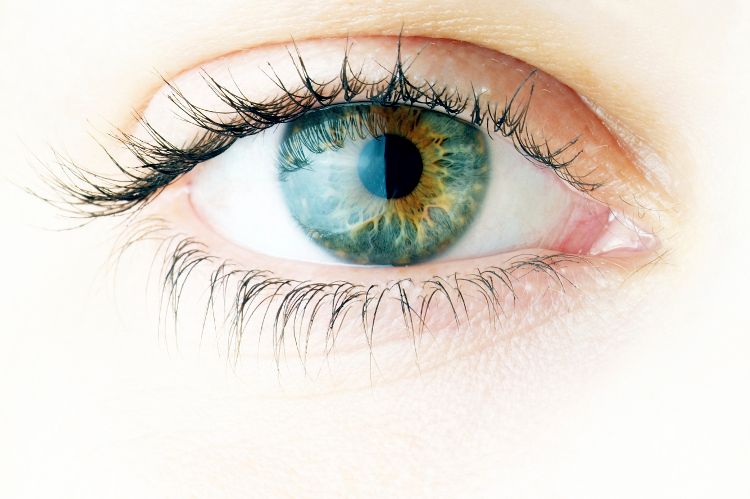Synergistic formula of bilberry extract, astaxanthin, and lutein supported eye health in recent study
A recently published study found that a synergistic blend of bilberry, standardized to 36% anthocyanins, astaxanthin, and lutein helped reduce eye fatigue after screen time.
Photo © iStockphoto.com/fotoadrenalina

A study recently published in Journal of Clinical Biochemistry and Nutrition1 found that a synergistic blend of bilberry, astaxanthin, and lutein supported eye health. In the double-blind, randomized, placebo-controlled trial, 44 healthy subjects experiencing eye fatigue were given either placebo or a supplement formula containing 100 mg of bilberry extract (MyrtiPro from BGG World; Irvine, CA) standardized to 36% anthocyanins, 3 mg of astaxanthin (Astazine Natural Astaxanthin from BGG World), and 5 mg of lutein (Omnica Co. Ltd., based in Tokyo, Japan), twice daily for six weeks.
The primary outcomes researchers observed was the change in percentage of pupillary response prior to and after playing video games at a visual display terminal (VDT) at ingestion of the test material and after six weeks. Symptoms of eye fatigue caused by VDT operation include reduced pupillary constriction and mydriasis function, and the increase in percentage of pupillary response indicates enhancement of the accommodative function. Results showed that the change percentage of pupillary response of the average of both eyes was significantly higher for the active group than the placebo group, and the percentage change of pupillary response for the dominant eye was also significantly higher for the active group. Researchers also found that while the active group had the lowest visual acuity of the dominant eye at baseline (pre-VDT), after six weeks the active group had significantly higher visual acuity of the dominant eye, compared to placebo.
“Work at visual display terminals is a very common cause of visual fatigue. It is estimated that over 60% of visual display terminal users experience eye symptoms while more than 20% experience other issues like musculoskeletal problems,” said Yanmei Li, PhD, global chief scientific officer for BGG, in a press release. “Given the millions of people using visual display terminals these conditions affect a substantial percentage of the population. We are very excited about the eye health benefits by this synergistic formula that is adding clinical evidence to support such a common discomfort.”
While lutein is more commonly associated supporting eye health, anthocyanins derived from bilberry has been reported to have vasorelaxing effects by increasing nitric oxide, and astaxanthin has been suggested to improve blood flow by inhibiting the oxidative damage of erythrocyte membranes via the inhibition of lipid peroxidation on cell membranes. Improvements in blood circulation might also contribute to relaxation of the accommodative function related muscles of the eye, say the researchers.
Reference
- Kizawa Y et al. ““Effects of anthocyanin, astaxanthin and lutein on eye functions: a randomized, double-blind, placebo-controlled study.” Journal of Clinical Biochemistry and Nutrition, Published online ahead of print on February 5, 2021






